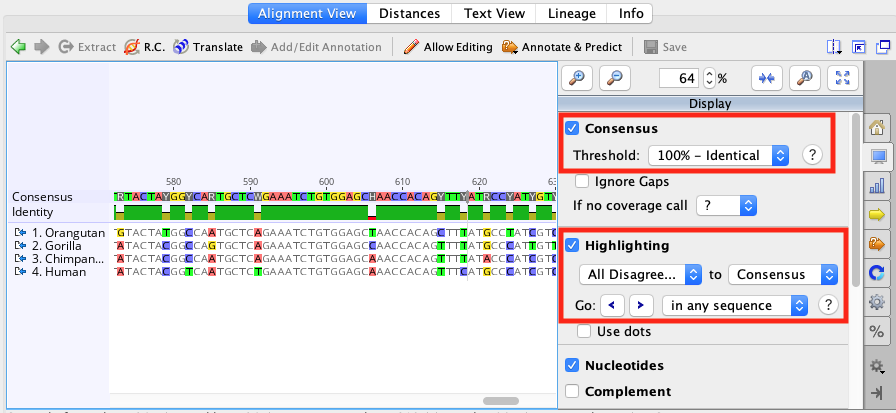

You can then give the primer a Name, set the primer Direction and, if required, add a 5' extension. The Add Annotation dialog will open with settings appropriate for creation of a new primer. If you are satisfied with the position and Tm of the selection then you can click the Add Primer button to open the Add Annotation dialog. You should see a floating Selection Hint that displays the length and Tm of the selected nucleotides. To use this feature, select the bases where you want the primer to bind. In Geneious Prime it is also possible to manually create a new primer at a specific location on your sequence. Any 5' extensions required can be added during the primer design by opening the Advanced tab in Design New Primers and specifying the required 5' extension, as shown in the screenshot below. Change the number of pairs to return to "1", and this will produce a single primer set that amplifies the entire CDS. Tick the "Included Region" box and this should automatically be populated with the coordinates of your CDS. Geneious Prime can design degenerate primers based on an alignment using the Design New primers tool under the Primers menu.

PCR Primers and DNA or hybridisation probes can be designed for or tested on existing nucleotide sequences or alignments.

To use this, select your CDS annotation, open Design New Primers and change the Task to Precise. Primers Geneious Prime provides several operations for designing and working with PCR Primers and DNA or hybridisation probes. In Geneious R8 onwards, the Design New Primers tool has an option for designing primers precisely at the ends of a selected region. This is essential for when doing Gateway cloning for instance. You will then be given the option to delete the pair of that primer at the same time.When designing cloning primers it is often necessary for the primers to be exactly at the ends of the CDS. To delete primers that you don’t want, just select the primer annotation and click the Delete button. In the case of the reverse primer it will automatically be reverse complemented. This will generate a separate, short sequence document which just contains the primer sequence and the annotation (so it retains all the information on the primer). The best way to save a primer or DNA probe for further testing or use is to select the annotation for that primer and click the Extract button in the sequence viewer. Mismatches between the primer and off-target will be shown in red. An off-target site will be listed if it has no mismatches to the first four 3’ bases of the primer, and less than 10% mismatches with the primer overall. The entire sequence will be searched for off-target sites, even if only a selected region is chosen for primer design. These are putative non-specific primer binding sites identified on the sequence that was used for primer design.
#Geneious prime primer design install#
In Geneious Prime 2019.1 onwards, the primer annotation includes a list of Off-target sites for that primer, including their location and sequence. What are the major features of Geneious Prime Molecular Cloning and Primer Design NGS Analysis and Genomics Multiple Alignments De Novo Assembly Expression Analysis How Do I Install Geneious Prime Option 1: Contact the Tufts Technology Service Desk (TTS) The Service Desk can help with installation and activation. Shows how the values in the Geneious primer annotation map to the original Primer3 values. Alternatively, double clicking on an annotation will display its details in the annotation editing dialog. If your sequences are oligonucleotides, choose Primer or Probe as the type. You can change this by clicking the Type option. The information will be presented in a popup box. Geneious will automatically determine whether your sequence is nucleotide or protein based on the composition of the bases you enter. Primers will be coloured green and probes red.ĭetailed information such as melting point, tendency to form primer-dimers and GC content can be seen by hovering the mouse over the primer annotation. The annotations will be labelled with the base number the primer starts at, followed by either F (forward primer), R (reverse primer), or P (probe). When complete, primers and probes will be added as annotations on the sequences. A progress bar may appear for a short time while the process completes. Once the task and options have been set, click the OK button to design the primers.


 0 kommentar(er)
0 kommentar(er)
